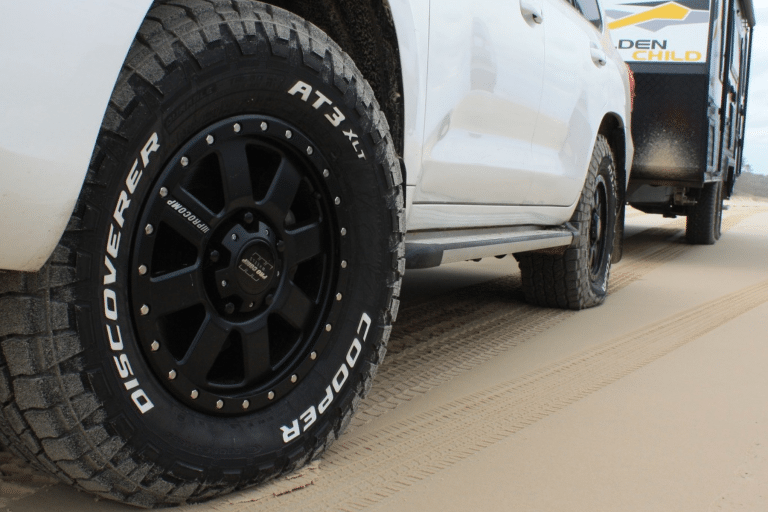How worn tyres affect braking




As drivers, we depend on our vehicles to perform reliably and safely on the road. One of the most critical components of our vehicle’s safety that you may not have considered is its tyres. After all, they play a crucial role in maintaining traction and allowing us to control the car. That’s why when tyres become worn it can become a serious problem.
As you’re probably aware, you can further enhance your vehicle’s braking by upgrading to better performing aftermarket products. This includes premium brake pads, disc brake rotors, braided brake lines, brake boosters, plus other equipment that you’ll find offered by Bendix and various other suppliers.
However, when your tyres are worn, even the best braking systems will be unable to perform to their full potential. You’ve got to first fix the root of the issue.

When a tyre is worn, its ability to grip the road surface is reduced. Naturally, this can lead to longer stopping distances and reduced overall braking performance. The tread on your tyres is designed to displace water, debris, and other materials from the road surface. When the tread becomes worn down over time, the tyre loses this ability. You’ll find yourself skidding around corners in wet conditions and you’ll have less grip on dry roads too.
The legal minimum tread depth in Australia is 1.5mm, however, new passenger car tyres come with a minimum of 8mm tread. Testing by NRMA showed that when braking from 80 kilometres per hour to a standstill, a 3mm tread took an extra 9.5 metres to stop compared to the one with new tyres. The same car with 1.5mm tread was also tested and required a startling extra 18.6m compared to the car with new tyres. The tread on your tyres could be the difference between a collision and stopping in time.
Age is a factor. Like most things, tyres deteriorate over time, as they are in constant contact with the road surface. That’s why it’s essential to have your tyres checked each time you have your car serviced at the mechanic. As well as quickly replacing your tyres as soon as they’re showing signs of wear that may affect your braking performance. Other factors such as overinflation, underinflation, misalignment, and driving style can contribute to premature tyre wear. This includes flying around corners quickly (as my Dad would always remind me when he’d take a look at my tyres.) That’s why it’s essential to regularly check the conditions of your tyres and maintain the proper air pressure. They’re not going to last forever, but they will last a little longer with the right treatment.

If you’re reading this and thinking it may be time you check your own tyre treads, here’s what we’d suggest doing. Grab a 20-cent coin and place it in the tyre’s deep grooves running parallel to you around the tyre. As you can see in the image above from Tyre Review if the tread reaches the bill you still have sufficient rubber on your tyres but will need to look at purchasing new tyres in the near future. If the tread doesn’t reach the bill your tyres will be below the legal limit and need replacement.
Although we love the better performing aftermarket products that Bendix offers, we first need to start from the ground up (literally) and ensure our tyres are in check.